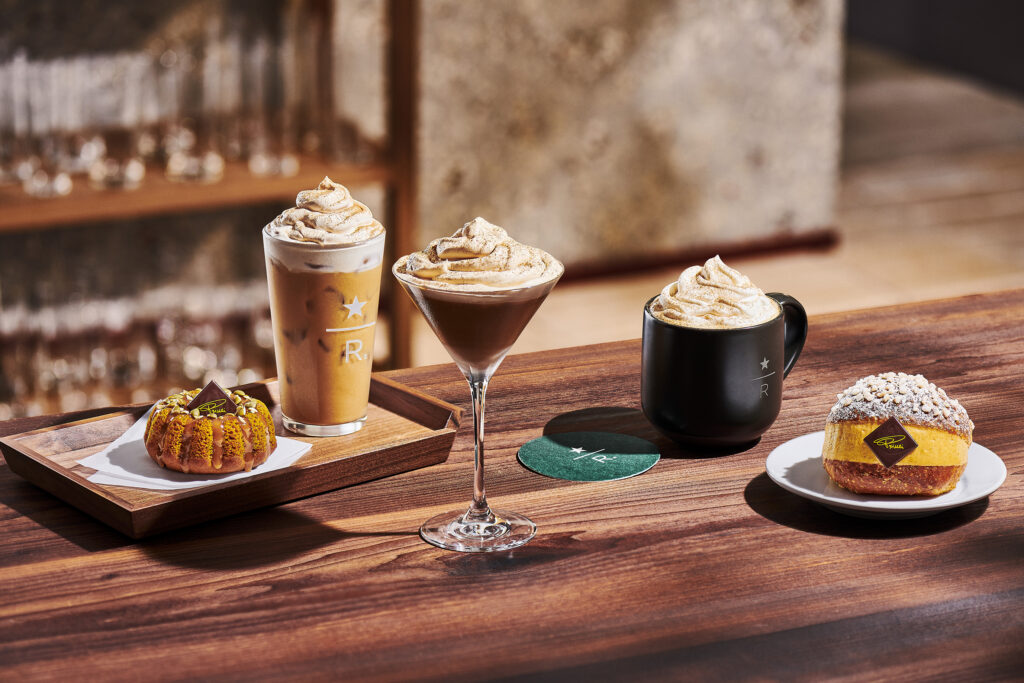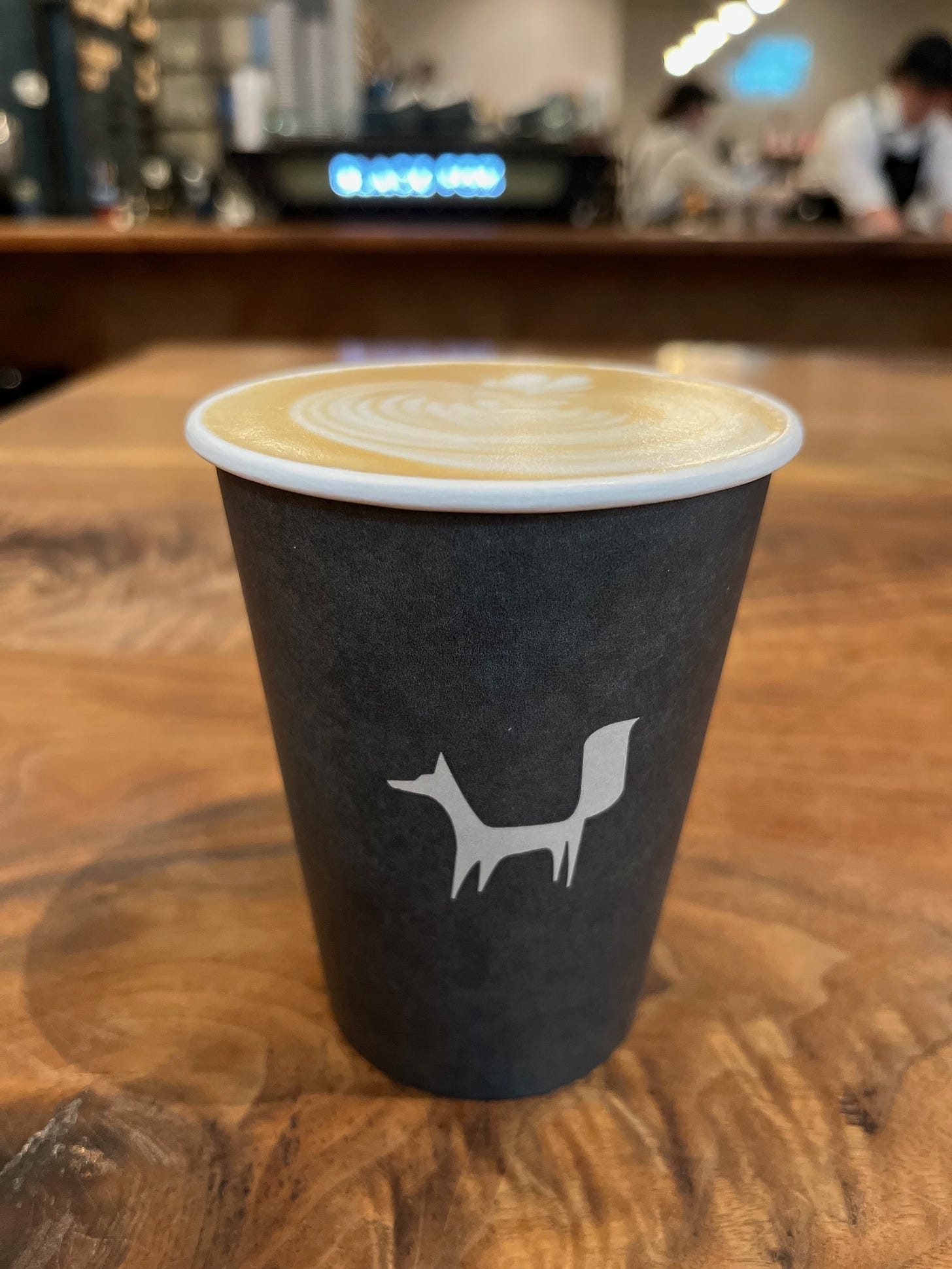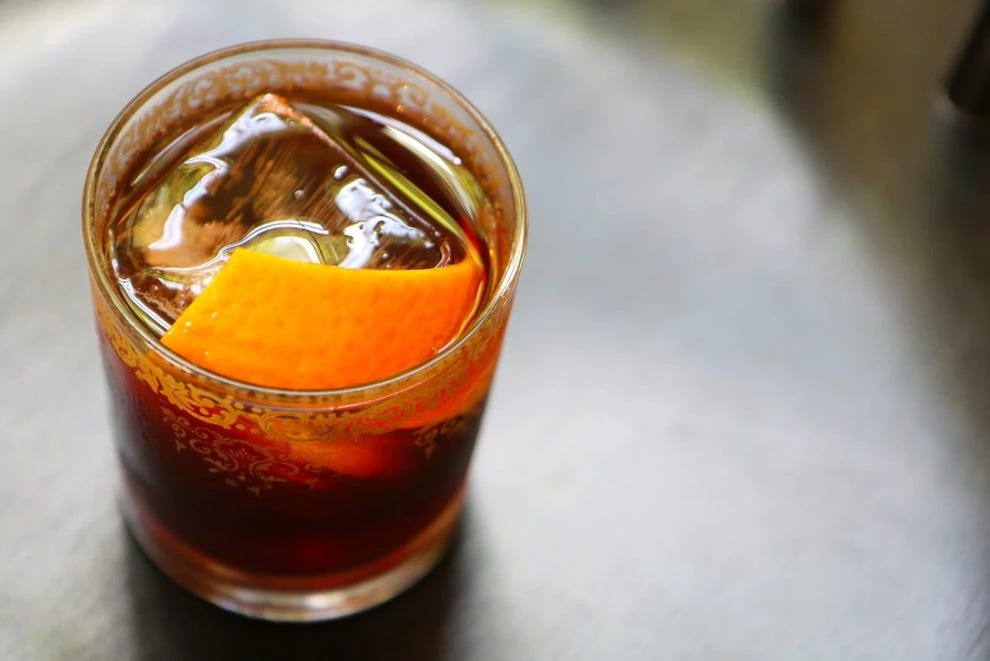Thoughts on Marketing
Pumpkin Spice Attribution

What do Pumpkin Spice Lattes and LinkedIn’s algorithm have in common?
Yes, it’s that time of year again. People love their “PSL’s”. 🎃
[Originally published as The Marketing Mix newsletter on Substack]
Last year, Starbucks saw a 12% rise in sales the week they launched their Pumpkin Spice drinks. I’ll tell you my thoughts on PSL & Linkedin later in the newsletter. {Spoiler: I’m not a fan….}
First, though, let’s talk about attribution. I’m sure Starbucks have a large data team to track how their pumpkin ads and PR placements are driving in-store sales
But it’s not that easy for B2B marketers. Especially when you have a multi-tier distribution network, and a complex sales model. So what do you do, as a growing business with limited resources?
Making sense of B2B attribution
Unless you’re running a pure ecommerce business, it’s not easy to track a buyer from the moment they first interact with your brand, all the way until they make a purchase.
If you work closely with channel partners, that customer will – at some point – leave your brand ecosystem to buy your product. Which leads to a break in the data.
You may know that ‘Prospect A’ talked to you at a conference two years ago; and attended a webinar last month. But there’s no definitive, automated link between those marketing touchpoints, and the moment when they purchase your product from a partner’s website. I talk about this hurdle in the latest episode of The Marketing Mix podcast.
The trick for B2B marketers is to identify a conversion point that gives a strong buying signal in your system. Something like booking a live demo, or ordering a physical free sample from your website – a signal that’s far enough along in the buyers journey that you know they’re serious.
If you understand the likelihood that someone will make a purchase after they reach that point (conversion percentage), and you know the average value of a new customer, then you can calculate how much it’s worth to you to bring somebody to that point. And then that can guide your marketing tactics, and drive your investment decisions.
PSL and the LI algorithm
Back to the original question. What do Pumpkin Spice Lattes and LinkedIn have in common?
A: Once a year, I realize that I’m not really a fan of either 😬! With Pumpkin Spice, it’s the strange aroma and the sickly sweet taste. With LinkedIn, it’s the junk that keeps getting served in my feed.
I blame the algorithm. I also blame myself for accepting too many requests from people I don’t know – and then watching them post low-quality pieces, multiple times a day.
But it’s about to get worse.
LinkedIn has added “Collaborative Articles” into the mix. These articles are clearly written by AI – just read one, and you’ll see what I mean. (To be fair, LinkedIn is upfront about the AI origins).
But then they’re prompting us to contribute to these AI article with our own “insights and advice from people with real-life experiences.” Which presumably drives interaction, which then feeds the algorithm….
Here’s the thing, though. The problem with LinkedIn isn’t that there’s not enough content. It’s that there’s not enough quality content. Adding AI-sourced articles tagged with random comments feels like a significant step in the wrong direction.
Drink of the (Negroni) Week
I can’t bring myself to recommend any pumpkin-flavored cocktails. Yuk! So instead, I’ll mention that last week was Negroni Week, which is a fundraiser supported by 12,000 bars worldwide.
Now, I’m not a fan of gin either, so a classic Negroni doesn’t work for me. But a variation on the theme does. It’s a Lodge Negroni – and you won’t be surprised that it features scotch and coffee instead of gin. 😉
If you’ve enjoyed this article, please consider subscribing to The Marketing Mix newsletter – my thoughts on B2B marketing, sent out every 2 weeks.
Cheers!
Steve

